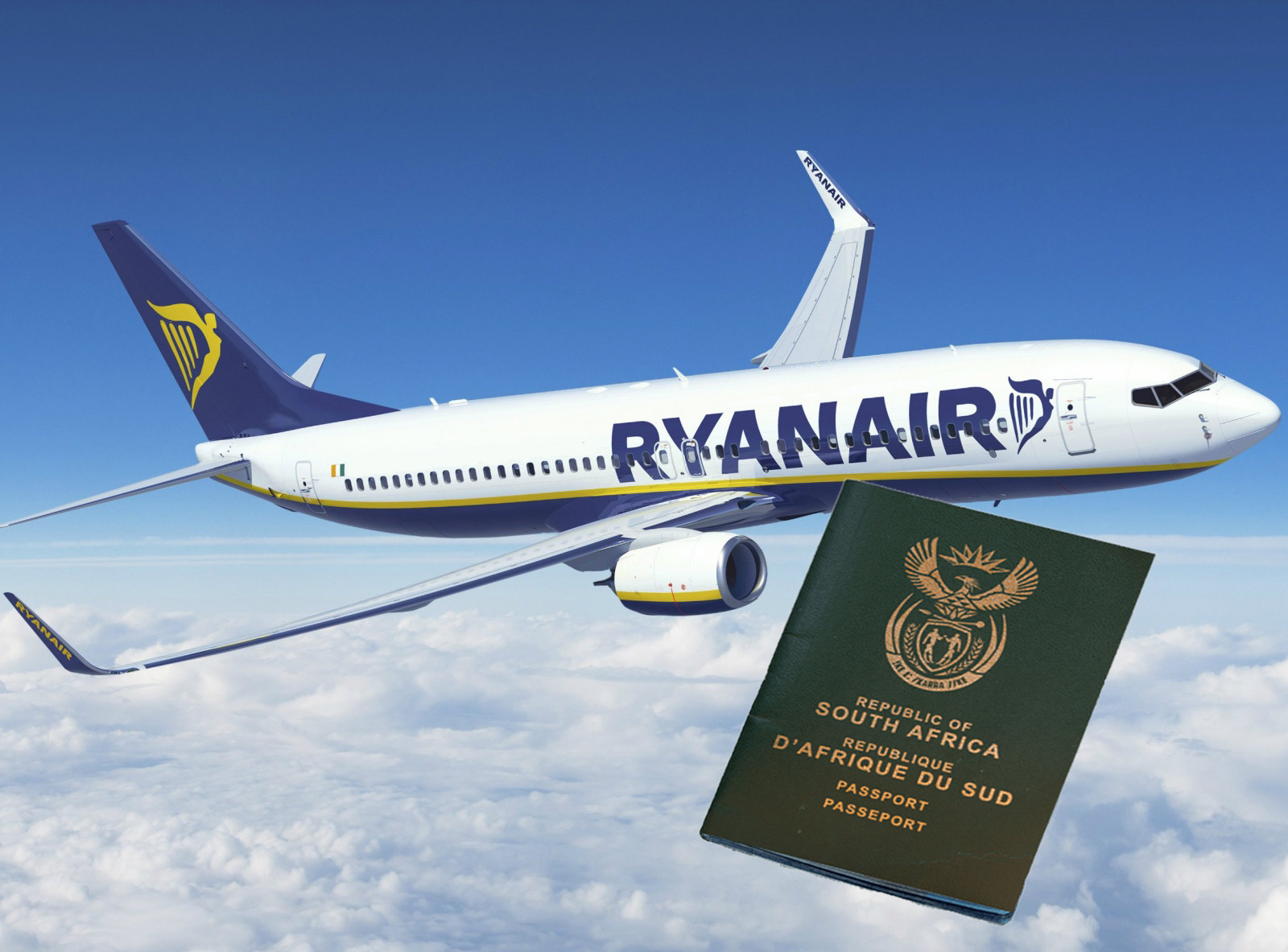After reading this text, join the Ransford Business School Online, for more case studies.
Ryanair is Europe’s most successful low-cost airline, carrying over 65 million consumers, with 563 routes connecting 26 European countries. Ryanair and other low-cost airlines such as easyJet and German Wings have opened up the skies to more passengers and have completely revolutionised air travel.
Since 1994, low-cost airlines have successfully matched a market need by capturing the imagination of overcharged Europeans travellers, tired of costly tickets but good service offered by national ‘flag carriers’ such as British Airways, Air France and Lufthansa.
Consumers all over Europe are happy to have €1 flights to Riga or €5 flights to Warsaw or even free flights to the major European capitals such as London, Paris, Rome, Berlin, Barcelona, Amsterdam and Copenhagen.
Led by chief executive Michael O’Leary, Ryanair focuses its company effort on its low-cost marketing strategy , and uses a range of technologies both internally and externally. It researches the market and understands its consumers, markets and competitors.

Ryanair understands the consumer segments, and chooses to target the price-conscious consumer. It is positioned as the low-cost, low-service alternative to the full service airlines.
Marketing is designed to create the strong brand that is Ryanair in the minds of the European consumer.
To manage its brand image Ryanair uses the 7Ps of the marketing mix
• Product/service: Ryanair’s service offering is basic and low frills – an unassigned economy seat on an aircraft.
• Pricing: It competes on rock-bottom prices.
• Place/global supply network and channels: Ryanair operates from the lowest-cost airports, manages a network of suppliers and uses only one direct channel to market.
• Promotion/communication: Promotion is minimal and inexpensive, focusing on Internet marketing.
• Process: Ryanair has eliminated all unnecessary service processes on board as well as for bookings and check in.
• Physical evidence: Ryanair’s planes have very basic and minimal interiors.
• People: Ryanair’s staff are focused on the low-cost, no frills marketing strategy.
The airline implements its marketing programme and manages its return to investors as a core focus. In total, Ryanair is an excellent example of a company that understands both its consumers and the need for a total company marketing effort in creating a strong brand in a market dominated by major brands.
Key takeaways:
Marketing and a marketing department are critical ingredients for business success.
It is the role of the marketing manager and the marketing department to plan, manage and execute the marketing strategy throughout the company with innovation, intuition and creativity.
Marketing is organised effort, activity and expenditure designed first to acquire a customer and second to maintain and grow a customer at a profit.
Learn further at the Ransford Business School, Online.
Comments
Post a Comment